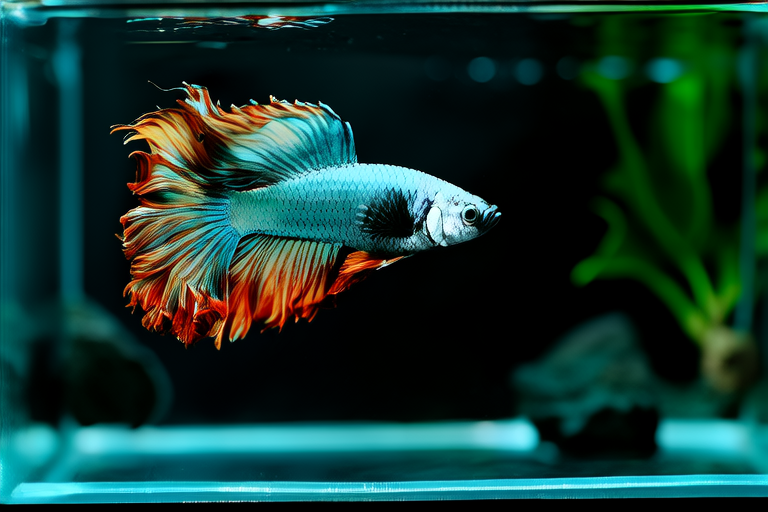
The Ultimate Guide to Choosing the Perfect Companion for Your Betta
Welcome to the comprehensive guide designed to help you find the perfect companion for your beloved betta fish. This guide will cover various aspects such as understanding betta fish temperament, exploring compatible tank mates, discussing water conditions and tank setup essentials, providing dietary tips for both bettas and potential companions, highlighting behavioral signs of compatibility or stress, and offering advice on introducing new fish safely.
Understanding Betta Fish Temperament
Betta fish, also known as Siamese fighting fish, have a reputation for being aggressive. However, this aggression is typically directed at other male bettas or larger fish that they perceive as a threat. Female bettas can be housed together if provided with ample space and hiding spots. Bettas are territorial and prefer solitude, so it’s essential to understand their behavior before choosing a companion.
Exploring Compatible Tank Mates
Selecting the right tank mates is crucial for maintaining a peaceful environment for your betta. Ideal companions include small, non-aggressive species like neon tetras, harlequin rasboras, and ember tetras. These fish are generally peaceful and thrive in community tanks. Avoid large, aggressive fish or those with long fins, as they may provoke territorial behavior from your betta.
Water Conditions and Tank Setup Essentials
Maintaining optimal water conditions is vital for the health and well-being of your betta and its companions. A stable temperature between 76°F and 82°F (24°C and 28°C) is ideal. Regularly test the water for pH levels, ammonia, nitrite, and nitrate to ensure it remains within safe ranges. Additionally, provide adequate filtration and regular water changes to maintain water quality.
Proper tank setup includes a minimum tank size of 10 gallons for one betta and its companions. Ensure there are plenty of hiding spots and plants to create a natural environment. Decorations like caves and driftwood can also provide additional shelter and enrichment.
Dietary Tips for Bettas and Potential Companions
A balanced diet is essential for keeping your betta and its tank mates healthy. Feed your betta a high-quality flake or pellet food formulated specifically for bettas. Supplement their diet with occasional treats like frozen bloodworms or brine shrimp. For companions, choose foods appropriate for their species, ensuring a varied diet that meets all nutritional needs.
Behavioral Signs of Compatibility or Stress
Observing your fish closely will help you determine whether they are comfortable with each other. Look for signs of stress, such as rapid breathing, loss of color, or excessive hiding. Compatibility is indicated by peaceful coexistence, where fish swim harmoniously without showing signs of aggression. If any issues arise, consider removing the problematic fish to prevent further stress.
Advice on Introducing New Fish Safely
Introducing new fish to your tank requires careful planning to minimize stress and potential conflicts. Start by floating the bag containing the new fish in your tank for about 20 minutes to acclimate them to the temperature. Gradually add small amounts of tank water to the bag every five minutes until half the water in the bag is from the tank. Then, net the new fish into the tank, ensuring no old tank water is transferred.
Monitor the tank closely for the first few days after introduction. Be prepared to separate any fish showing signs of aggression or stress. Using a quarantine tank can also help prevent the spread of diseases when adding new fish.
By following these guidelines, you’ll be well on your way to creating a thriving, harmonious community tank for your betta and its companions. Remember, patience and observation are key to ensuring the well-being of all inhabitants. Happy fishkeeping!






